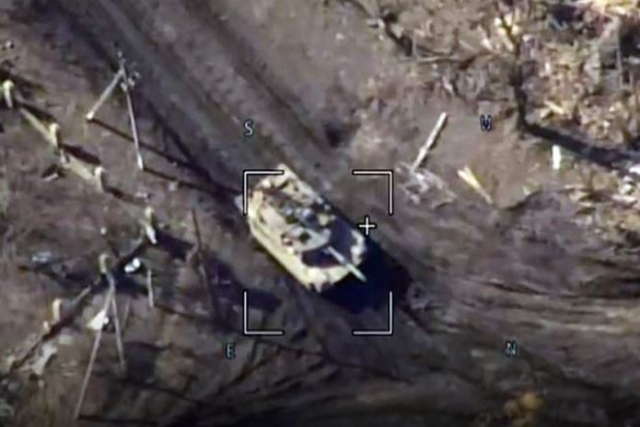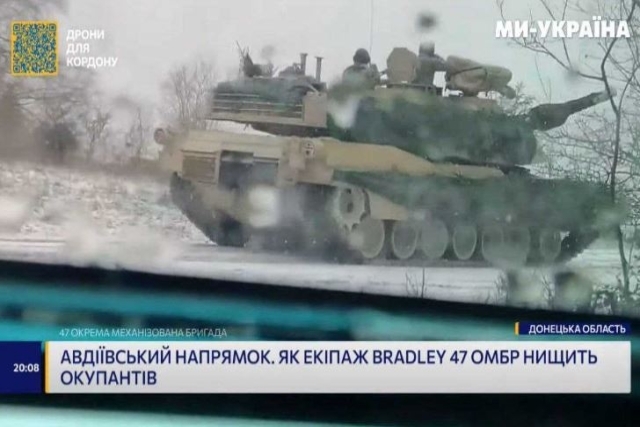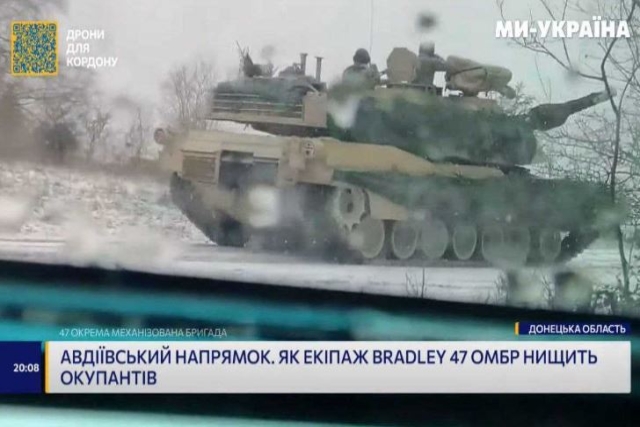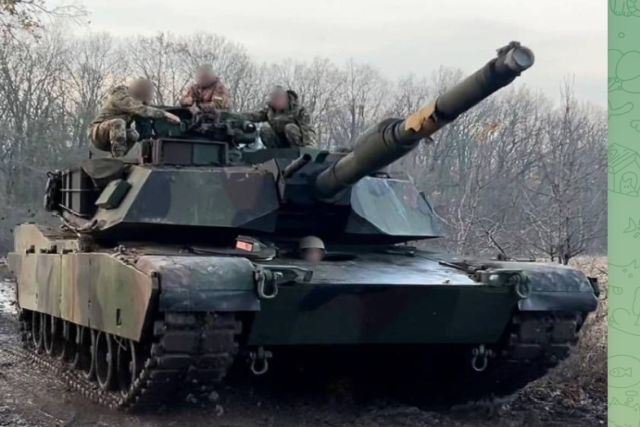After HIMARS, Ukrainians Question Effectiveness of Abrams Tanks
Ukrainian crews find flaws in U.S.-supplied M1A1 Abrams after recent HIMARS concerns.

Ukrainian crews operating the U.S.-supplied M1A1 Abrams tanks have reported significant flaws and weaknesses, questioning their effectiveness on the dynamic frontlines of the conflict, days after they complained about the effectiveness of the HIMARS anti-aircraft systems.
On May 26, Russia’s defense ministry stated that HIMARS was “no longer considered a difficult target” due to the effectiveness of the Buk-M1 surface-to-air missile system. A confidential Ukrainian assessment reviewed by The Washington Post reveals that Russian electronic jamming has degraded the effectiveness of U.S.-supplied weapons like HIMARS and Excalibur artillery shells, causing them to miss their targets. The jamming disrupts satellite signals, impacting the precision of these munitions.
The Ukrainian request for Abrams tanks, costing about $10 million each, sparked significant debate in early 2023 due to their intricate supply chain and some versions running on jet fuel. President Joe Biden announced the delivery of these tanks as part of the U.S.'s military aid to Ukraine in January 2023.
Despite their capabilities, the tanks have encountered challenges due to modern warfare tactics, particularly Russian drone warfare, CNN reports.
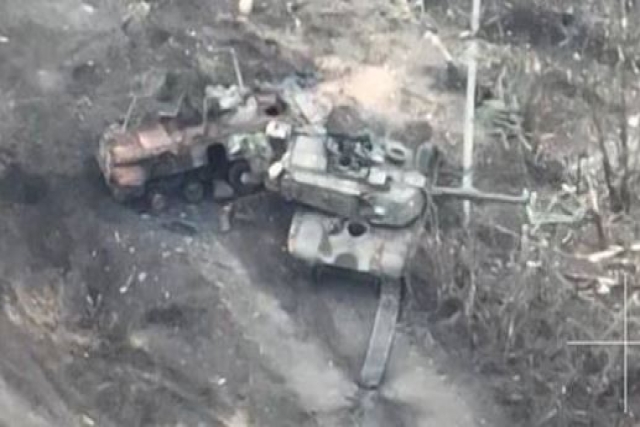
In April, Pentagon officials reported that Abrams tanks were withdrawn from the frontline due to the threat of Russian attack drones, though some remained in action despite their deficiencies. The Ukrainian frontline is now dominated by precise, self-destructing attack drones, known as First-Person Vision (FPV) drones, flown by soldiers using gaming goggles. These drones have transformed warfare, restricting movement and increasing the vulnerability of armored vehicles. Ukrainian crews have faced the Abrams' limitations in intense battles around Avdiivka, captured by Russia in February.
According to The Associated Press, five of the 31 American Abrams sent to Ukraine since January 2023 have already been lost to Russian action.
Ukrainian crews trained in Germany have expressed concerns about the tanks’ armor and overall battlefield performance. One crew member, callsign Joker, stated that the tanks' armor is insufficient to protect against current threats, particularly drone attacks. Another crew member, Dnipro, highlighted that the tanks are prime targets for enemy forces.
The crew demonstrated to CNN their efforts to attach active armor to a damaged tank. They utilized plates of plastic explosives that detonate upon impact from a round, creating a protective counter-blast.
The 47th Mechanised Brigade, responsible for the tanks near the eastern frontline, reported ongoing efforts to enhance their protection with active armor. Despite these efforts, the tanks have faced significant operational issues, including engine problems and susceptibility to environmental conditions such as rain or fog affecting their electronics. Additionally, the crews noted that the ammunition supplied is not suitable for the current combat scenarios, as the tanks are often used in roles more akin to artillery.
Russian analysts have also criticized the tanks, dubbing them "empty tin cans," and one damaged model was paraded in Red Square.
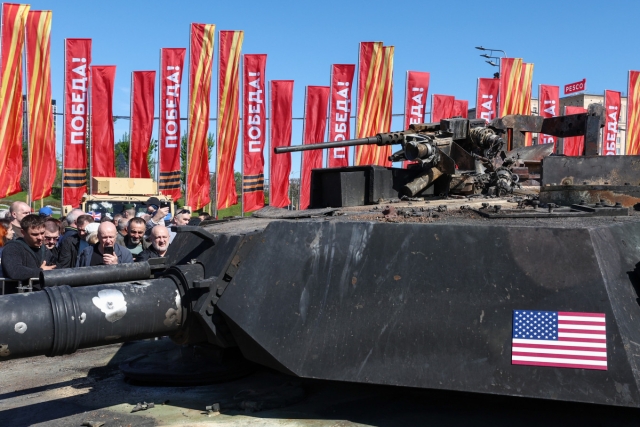
Ukrainian crew members voiced frustration over the tanks being tailored for a NATO-style warfare approach, emphasizing the reliance on air power and artillery to pave the way for tank and infantry maneuvers. Kyiv has consistently lamented its shortfall in artillery and air capabilities. Ukrainian forces have had to adapt to these limitations. This adaptation has highlighted the gaps in Ukraine's military capabilities, further complicated by delays and partial deliveries of essential equipment.
A spokesperson for the Ukrainian defense ministry told CNN that “Ukraine is now testing and improving equipment that was not initially prepared for our war.” The spokesperson added, “We are asking all countries to support us with equipment of any technical capacity levels. We use all of it accordingly.”
For the Abrams crew, each delay in equipment or assistance costs the lives of Ukrainian troops. “I only have one question,” Joker said of U.S. assistance. “Why is this taking so long and (comes) partially? We are losing time. It’s death to us.”
